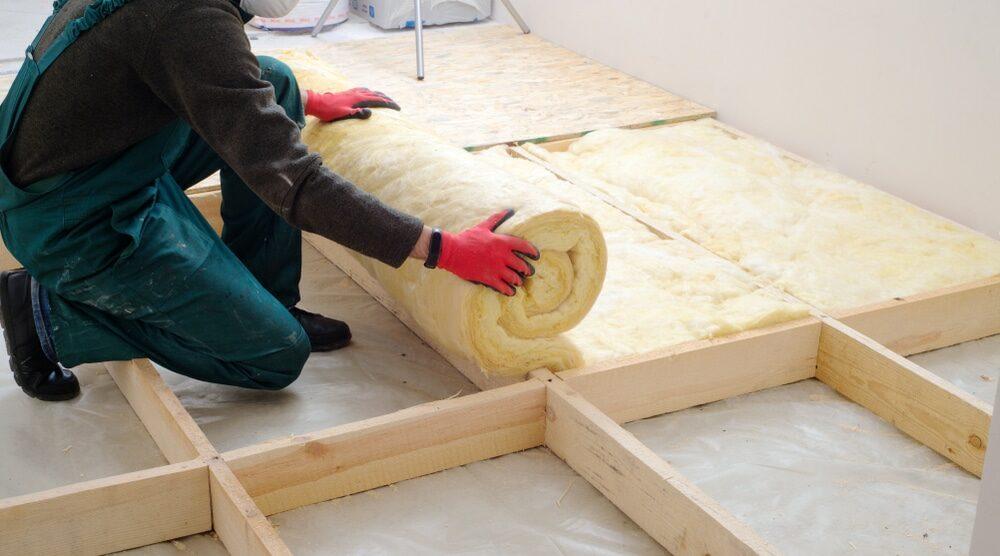Our homes are sanctuaries, offering comfort, protection, and a reflection of our personal style. But maintaining a comfortable and aesthetically pleasing living space requires ongoing attention. Two crucial aspects to consider are insulation and flooring. While they address different needs, both play a vital role in the overall functionality and enjoyment of your home. This comprehensive guide delves into the world of Best insulation and new flooring services, empowering you to make informed decisions for your home’s interior environment.
Unveiling the Wonders of Insulation: Saving Energy and Enhancing Comfort
Insulation acts as an invisible barrier, regulating the temperature within your home. It traps heated or cooled air, preventing it from escaping through walls, ceilings, and floors. This translates into significant benefits:
- Reduced Energy Bills: Proper insulation minimizes the amount of energy needed to maintain a comfortable indoor temperature. Less energy translates to lower heating and cooling costs, putting money back in your pocket.
- Enhanced Comfort: A well-insulated home feels more comfortable year-round. During winter, it retains warmth, preventing drafts and creating a cozy atmosphere. In summer, it keeps the heat out, leading to a cooler and more enjoyable living space.
- Improved Indoor Air Quality: Proper insulation can help reduce moisture issues within walls and ceilings, minimizing the risk of mold and mildew growth. This contributes to a healthier indoor environment.
- Reduced Noise Pollution: Insulation acts as a sound barrier, dampening outside noise and creating a quieter living space. This is especially beneficial for homes located in busy areas.
- Increased Home Value: Potential buyers appreciate energy-efficient homes. Proper insulation can be a selling point and potentially increase your home’s value.
Exploring the Different Types of Insulation Services
The type of insulation service best suited for your needs depends on your home’s construction and areas requiring improvement. Here’s an overview of the most common types:
- Attic Insulation: This is the most common and cost-effective type of insulation. Attics are a major source of heat loss in winter and heat gain in summer. Adding insulation to your attic can significantly improve energy efficiency. Several insulation materials can be used, including fiberglass batts, blown-in cellulose, and spray foam insulation.
- Wall Insulation: Wall insulation is crucial for maintaining comfortable indoor temperatures throughout the year. Various insulation materials can be used for wall insulation, including fiberglass batts, rigid foam boards, and spray foam insulation. The specific type best suited for your walls depends on their construction.
- Basement Insulation: Basements can be a source of drafts and cold air in a home. Insulating your basement walls and floors can significantly improve energy efficiency and comfort. Common insulation materials for basements include rigid foam boards, spray foam insulation, and basement wall wraps.
- Crawl Space Insulation: Crawl spaces can be a significant source of moisture problems and cold air infiltration. Insulating your crawl space floor and walls can improve energy efficiency, reduce moisture issues, and create a more comfortable living environment in your home. Common insulation materials for crawl spaces include fiberglass batts, rigid foam boards, and crawl space encapsulation products.
Understanding the Installation Process for Insulation Services
The installation process for insulation services varies depending on the type of insulation and the area being insulated. Here’s a general overview:
- Attic Insulation: Insulation can be installed in attics in various ways. Fiberglass batts can be placed between attic floor joists, blown-in cellulose can be applied over existing insulation, and spray foam insulation can be applied directly to the underside of the roof deck.
- Wall Insulation: Wall insulation can be installed during new construction or retrofitted into existing walls. Retrofitting typically involves drilling holes in the walls and blowing in insulation or injecting spray foam insulation. This process can be disruptive, so it’s important to consider the extent of the project.
- Basement Insulation: Basement insulation methods depend on whether you’re insulating walls or floors. Basement wall insulation can involve applying rigid foam boards directly to the walls or using spray foam insulation. Basement floor insulation typically involves laying down rigid foam boards on the basement floor before installing a new subfloor and flooring material.
- Crawl Space Insulation: Crawl space insulation methods typically involve insulating the crawl space floor using rigid foam boards or encapsulated crawl space systems that combine insulation with a moisture barrier.
Important Note: Professional insulation contractors can assess your home’s specific needs and recommend the most appropriate type and amount of insulation for each area. They also possess the expertise and equipment to safely and efficiently install insulation in your home. It’s highly recommended to consult with a professional for all your insulation needs.


